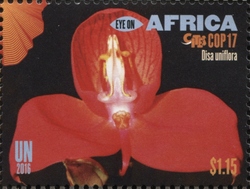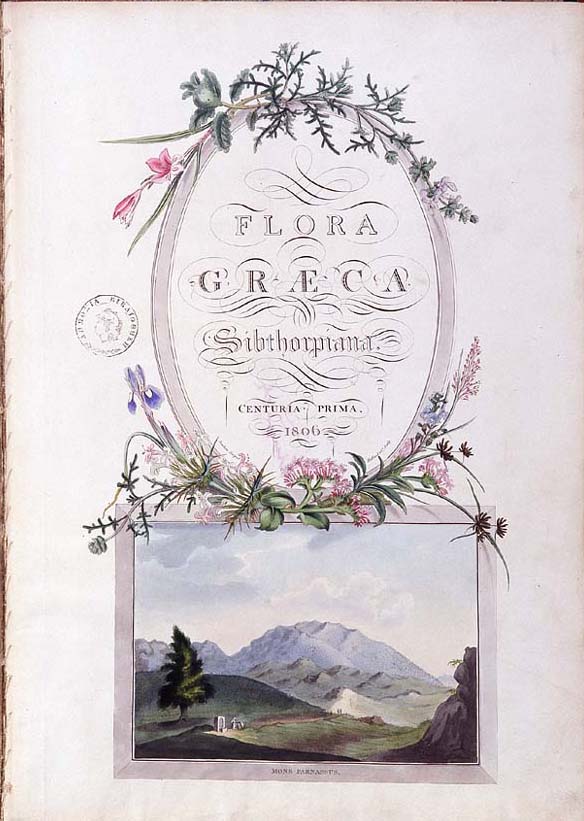Stamp: Eye on Africa - CITES COP17 - Disa uniflora (United Nations, Offices in New York 2016)
Eye on Africa - CITES COP17 - Disa uniflora (United Nations, Offices in New York 2016)
24 September (United Nations, Offices in New York ) within release Eye on Africa goes into circulation Stamp Eye on Africa - CITES COP17 - Disa uniflora face value 1.15 United States dollar
| Stamp Eye on Africa - CITES COP17 - Disa uniflora in catalogues | |
|---|---|
| WADP Numbering System - WNS: | WAD:UN128.16 |
Stamp is horizontal format.
Number in set - 4||(show set). Layout - miniature sheet of 4 of 4 designs. Issuing - United Nations Postal Administration. Printer - Cartor Security PrintingAlso in the issue Eye on Africa :
- Stamp - Eye on Africa - CITES COP17 - Addax face value 1.15;
- Stamp - Eye on Africa - CITES COP17 - White Rhino face value 1.15;
- Stamp - Eye on Africa - CITES COP17 - African Lion face value 1.15;
- Stamp - Eye on Africa - CITES COP17 - Disa uniflora face value 1.15;
- Mini Sheet - Eye on Africa face value ;
Stamp Eye on Africa - CITES COP17 - Disa uniflora it reflects the thematic directions:
A flower, sometimes known as a bloom or blossom, is the reproductive structure found in plants that are floral (plants of the division Magnoliophyta, also called angiosperms). The biological function of a flower is to effect reproduction, usually by providing a mechanism for the union of sperm with eggs. Flowers may facilitate outcrossing (fusion of sperm and eggs from different individuals in a population) or allow selfing (fusion of sperm and egg from the same flower). Some flowers produce diaspores without fertilization (parthenocarpy). Flowers contain sporangia and are the site where gametophytes develop. Many flowers have evolved to be attractive to animals, so as to cause them to be vectors for the transfer of pollen. After fertilization, the ovary of the flower develops into fruit containing seeds. In addition to facilitating the reproduction of flowering plants, flowers have long been admired and used by humans to beautify their environment, and also as objects of romance, ritual, religion, medicine and as a source of food.
Flora (pl.: floras or florae) is all the plant life present in a particular region or time, generally the naturally occurring (indigenous) native plants. The corresponding term for animals is fauna, and for fungi, it is funga. Sometimes bacteria and fungi are also referred to as flora as in the terms gut flora or skin flora


